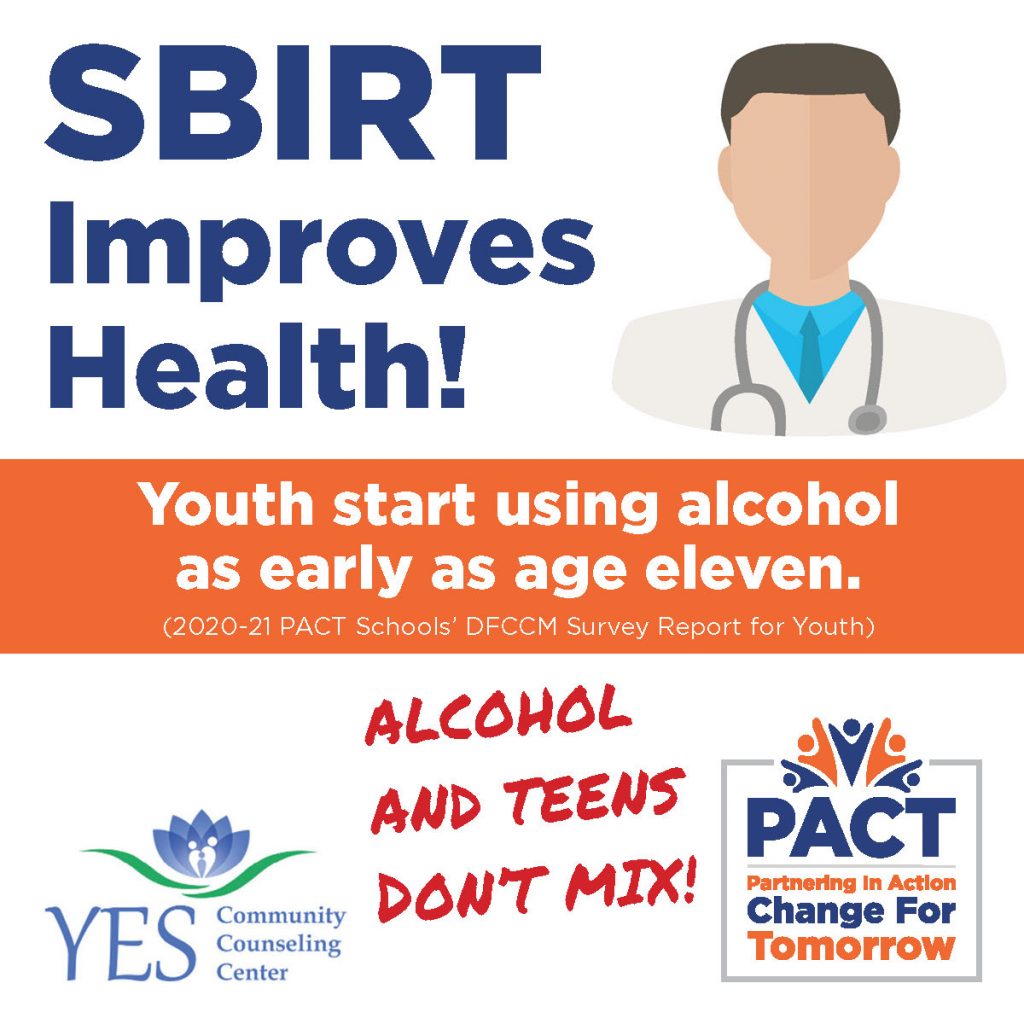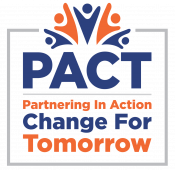Drinking and Substance Use Often Start Before 15 Years Old
Sixth graders within our school communities (Farmingdale, Island Trees, Levittown and Massapequa) already report the use of alcohol, marijuana and vape products.1 While many parents say they talk with their children regarding the dangers of underage drinking and substance use, only 50% of our communities’ parents actually do.2 Hard to believe, yet it is true! Learn tips for talking to your kids here.
With increases in opioid overdoses across Nassau County, New York State’s Marijuana Regulation and Taxation Act, vape products available at every corner store, and underage drinking and substance use starting before the age of fifteen for our youth, we need qualified health professionals to deliver key health messages to help our kids navigate healthy decisions through adolescence.
With the health of our children as primary concern, our partnering schools recommended that parents ask their child’s pediatrician for an assessment using the Screening and Brief Intervention and Referral to Treatment (SBIRT) Tool during their child’s annual pediatric visit. SBIRT, an evidence-based program, is a set of tools doctors and pediatricians use to help identify alcohol or drug problems in adolescent children and young adults, and guide interventions or recommendations if a problem exists. Reimbursement for screening and brief intervention is available through commercial insurance, Medicare and Medicaid. There is substantial research on the effectiveness of SBIRT in reducing risky alcohol consumption and tobacco use/misuse.3
SBIRT Can Help Kids Make Healthy Decisions
According to the American Academy of Pediatrics (AAP), adolescents are at the highest risk for experiencing health problems related to substance use compared to people in other age groups (Committee on Substance Abuse, 2015). The potential benefits of identifying substance use at an early age and intervening to reduce or prevent it are substantial. Across Nassau County, our youth begin using substances and alcohol before the age of fifteen.4 When teens begin drinking at an early age, they increase the chance of becoming addicted to or continuing to abuse substances later in life.5
Most adolescents (83%) have contact with a physician annually, often for school-related physicals.6 Adolescents consider physicians an authoritative source of knowledge about alcohol and drugs and are receptive to discussing substance use.7 AAP views pediatric care providers as playing a critical, ongoing role in the lives of their adolescent patients and have a unique opportunity to educate them about the dangers of substance use and to influence their behaviorse.8 The American Academy of Pediatrics (AAP) recommends screening for substance use in children, starting at nine years of age.9 A growing body of evidence indicates that SBIRT is also effective as a prevention and early identification approach to reduce the use of substances by youth, underage drinking, and cannabis use.10
PACT Offers SBIRT Resources and Virtual Training for Pediatricians and Healthcare Providers
To support pediatricians and healthcare professionals, our PACT team visited over fifty pediatric offices providing local youth underage drinking and substance use data and resources about SBIRT and how it can help our communities’ youth make healthy decisions as they navigate high school and young adulthood.
PACT is proud to also partner with Northwell Health to provide pediatricians and healthcare professionals SBIRT (Screening, Brief Intervention & Referral to Treatment) Virtual Training to ensure healthcare professionals have the tools they need to implement SBIRT. From COVID-19 to underage drinking, vaping and substance use, today’s youth and young adults face a multitude of health risks that will impact their lives, families and our communities. Pediatricians and healthcare professionals can learn more about how this evidence based tool, timely intervention, and access to resources can improve the health and lives of pediatric patients (ages 9–26).



References
1 2020-21 PACT Schools’ DFC Core Measures Survey Report for Youth Grades 6-12 in Island Trees, Levittown and Massapequa Public Schools & the Farmingdale School District
2 2020-21 PACT Schools’ DFC Core Measures Survey Report for Youth Grades 6-12
3 Screening, Brief Intervention and Referral to Treatment (SBIRT) in Behavioral Healthcare, 4/1/2011
4 2014-15 New York State Office on Alcoholism and Substance Abuse Services (NYSOASAS) Youth Development Survey Nassau County Grades 7-12 (NYSOASAS YDS NC)
5 https://www.cdc.gov/ncbddd/fasd/features/teen-substance-use.html
6 MacKay AP, Duran C. Adolescent Health in the United States, 2007. Atlanta, GA: National Center for Health Statistics, Centers for Disease Control and Prevention; 2007
7 Yoast RA, Fleming M, Balch GI. Reactions to a concept for physician intervention in adolescent alcohol Journal Adolescent Health. 2007;41(1):35–41pmid:17577532
8 Substance Use Screening and Intervention Implementation Guide
9 https://www.cdc.gov/ncbddd/fasd/features/teen-substance-use.html
10 Guide To Adolescent Screening, Brief Intervention And Referral To Treatment (SBIRT) Learner’s Guide to Adolescent SBIRT; National Opinion Research Center (NORC) University of Chicago 2016.”
*SBIRT: Screening, Brief Intervention & Referral to Treatment
